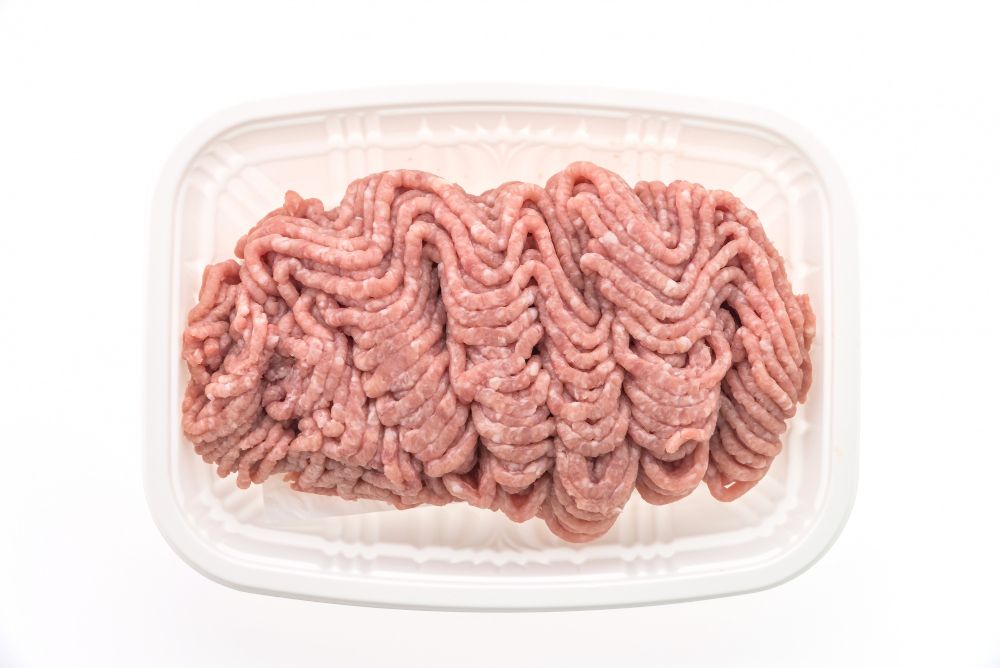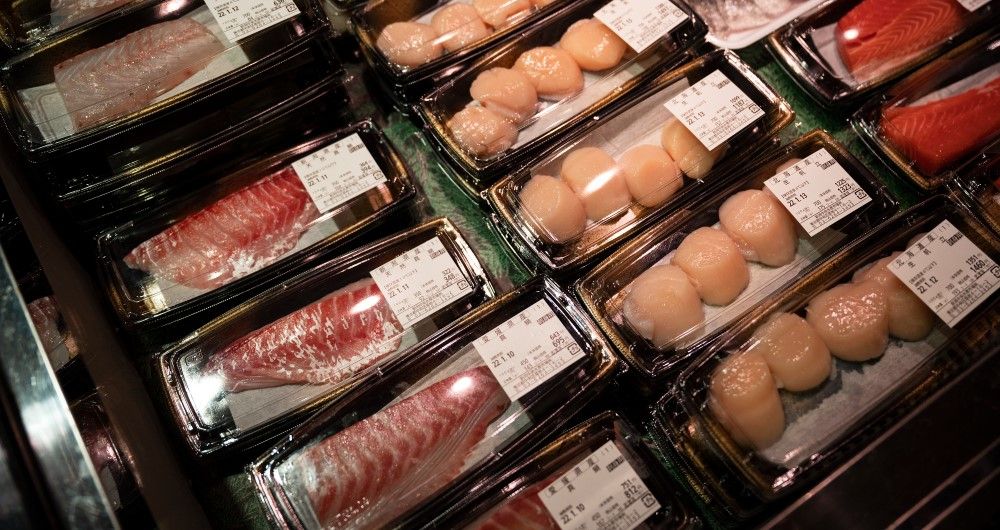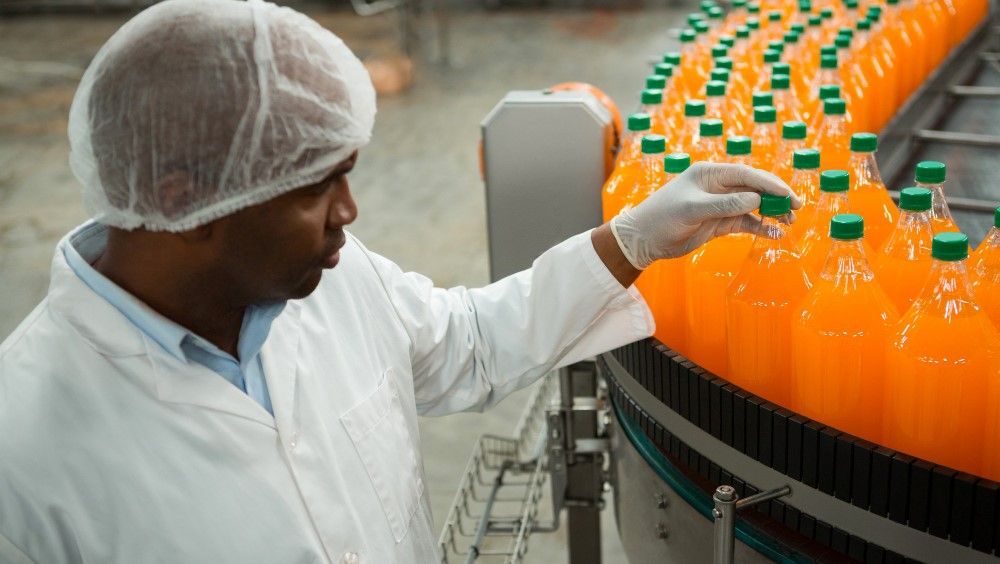Nanoparticles Can Make Food Safer
How nanotechnology is making food systems safer and more resilient to risk.

We are now almost one quarter of the way through the 21st century, and nanotechnology is finally beginning to match its expectations from the last century. Today, nanomaterials are prevalent throughout the global economy.
They feature in plastics, coatings, metals, electronics, computing, textiles, and composites in agriculture, mining, manufacturing, metallurgy, and more.
But unknown to most consumers is the impact they are having in the food sector.
As a recent publication in the peer-reviewed journal NanoSelect explains, “The application of nanotechnology in food science offers new and better opportunities to improve food safety.” The study specifically highlighting the role of nanosensors and nano-packaging materials, which “… enable sensitive, rapid and efficient detection of microbial contamination, chemicals and pesticide residues in food. … alerting consumers to the safety of a food product as well as releasing preservatives to extend the shelf life of food.”

This could be ground-breaking territory, as food safety is still a major worry in the world, particularly in developing nations where contaminated food can cause fatalities and widespread illness. Despite conventional checks, persistent issues like fraud, environmental pollution, and improper food handling practices cause microbiological and chemical contamination of food supplies. For this reason, food quality, safety, packaging, and preservation are extremely important and urgent.
The solution to many of these issues come in one form, nanomaterials, which can be applied in a variety of ways to tackle each problem head on. These applications include:
Intelligent & Active Nano-Packaging
More than just a regular protective barrier, the application of nanomaterials inside packaging can turn it into a ‘smart’ barrier that is better able to retain, maintain, and monitor food quality. Using nanomaterials with antimicrobial and moisture-blocking qualities, such as chitosan nanoparticles, silver nanoparticles, or nano-clays, protective nanotechnology can be imparted into a regular polymer film or packet allowing the food inside to last longer.
Nanosensors for Contaminant Detection
More sensitive than traditional methods, unique nano-scale biosensors based on customised nanotubes or nano-scale enzyme/antibody receptors can identify toxins, pesticides, food pathogens, and other contaminants quickly. These nanosensors could be used in portable, easy-to-use kits to facilitate on-site safety assessments during food production, distribution, and preparation, thereby improving outbreak prevention and containment.

Detecting Fraud with Nanoparticles
In many developing countries, unscrupulous traders risk consumer health by intentionally adulterating food for financial gain. With large profits to be made, complex scams are set up which escape detection by traditional quality control methods. However, nanotechnology researchers have developed a number of quick assays based on gold and silver nanoparticles that can detect fraudulent additions to foodstuffs with high sensitivity and selectivity.
Nano-Remediation of Water and Soil
Some parts of the world, such as tracts of agricultural land and waterways in Ghana, suffer badly from contamination by heavy metals and microbes, risking the safety of the food produced there. However, the large surface area and strong reactivity of specially designed nanoparticles enable effective environmental pollutant absorption, degradation, and/or conversion. Experiments in the field using several nano-remediation methods have revealed the quick and inexpensive removal of pesticides and heavy metals.

Despite the proven capability of these nanotechnologies, there are a number of barriers that prevent them from being widely used for improved food safety. For example, often unfounded health concerns over the use of nanomaterials persist, while food control officials can be change-resistant to modern technology, allowing for traditional safety testing protocols to remain unchanged. At the same time, health and safety regulations frequently lag behind the innovative use of nanomaterials.
Giving consumers more control by installing food safety checks directly into the packaging would be highly beneficial in reducing illness through poor quality or contaminated food. Especially, in poorer countries where the risk of contamination and sub-standard food hygiene is more likely, and where government health checks are less frequent and less consistent.
“Through purposeful research, thoughtful regulation, ethical commercialization, and ongoing engagement,” writes Michael Berger, a nanomaterial industry analyst, “nations could hasten the advent of nanotechnology-powered enhancements making their food systems safer and more resilient against entrenched risks.”
The promise for nanotechnology to improve food safety could be realised with the help of responsible development models that prioritise societal benefit, proactive legislation, robust science, and well-coordinated leadership and teamwork.
As the NanoSelect reports concludes, “Food nanotechnology is an area of emerging interest and opens up a whole universe of new possibilities for food safety.”
Photo credit: Freepik, Mrsiraphol, Usertrmk, & Wavebreakmedia_micro

